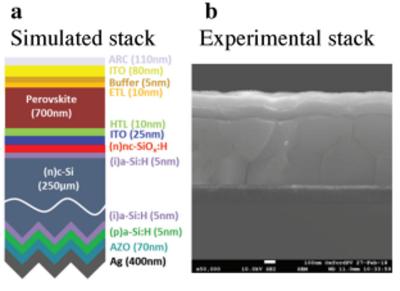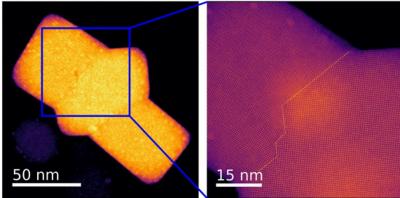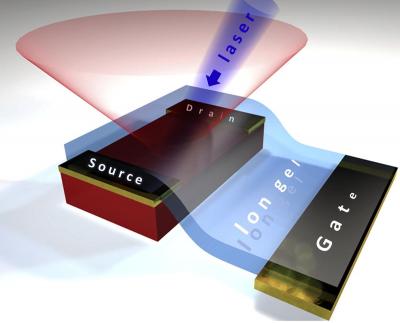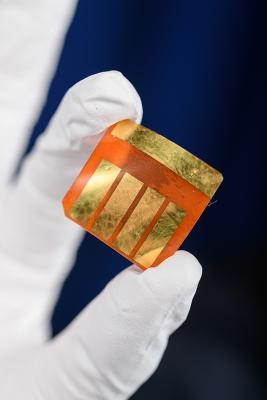Perovskite QDs hold promise for quantum computing and communications
Researchers at MIT, ETH Zurich and Empa have made major steps toward finding a photon source with constant, predictable, and steady characteristics. In the quest to develop practical computing and communications devices based on the principles of quantum physics, such a source of individual particles of light is extremely desirable. The study involves using perovskites to make light-emitting quantum dots.
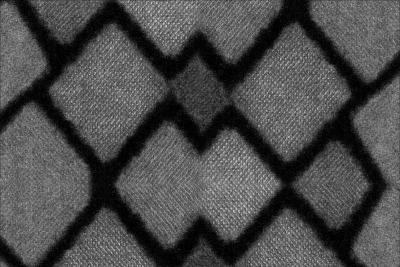 Scanning Transmission Electron Microscope image (STEM) of single perovskite quantum dots
Scanning Transmission Electron Microscope image (STEM) of single perovskite quantum dots
The ability to produce individual photons with precisely known and persistent properties, including a wavelength, or color, that does not fluctuate at all, could be useful for many kinds of proposed quantum devices. Since each photon would be indistinguishable from the others in terms of its quantum-mechanical properties, it could be possible, for example, to delay one of them and then get the pair to interact with each other, in a phenomenon called interference.
